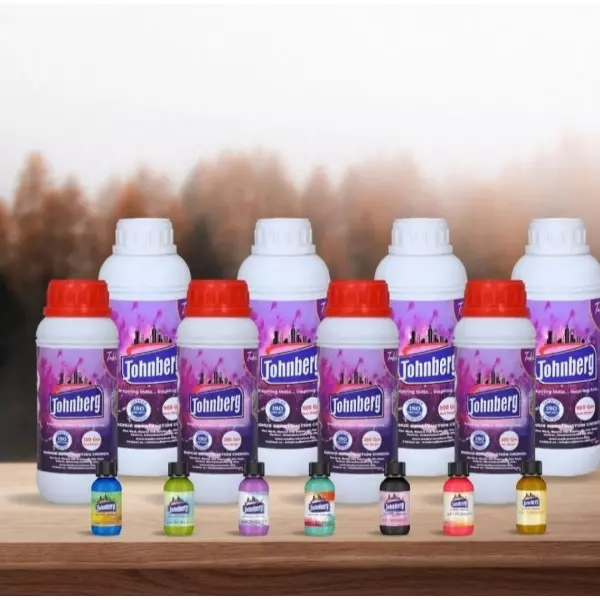- Home
- About Us
- Products
- Resin Furniture
- 3D Epoxy Flooring Service
- Resin Table Top
- Wooden Epoxy Resin Table Top
- Metallic Epoxy Flooring Service
- Conception Chemical Consultants
- Chemical Consultancy For Construction
- Construction Chemical Consultant
- Tile Grout
- Foundation Grout Consultant
- Paver Block Chemical Consultant
- Waterproofing Chemical Consultant
- Epoxy Pigment Consultant
- Heat Reflective Coating
- Water Repellent Coating
- Epoxy Grout
- Chemical Consultant
- Industrial Chemical
- Construction Chemical
- Epoxy Resin
- Epoxy Coating
- Polyester Resin
- Joint Sealants
- Cristal Clear Epoxy Resin And Hardner
- Construction Chemicals
- Polycarboxylate Ether And Liquid
- Solvent Cement
- Tile Protection Sheet
- Water Reducing Superplasticizer
- Epoxy Resin And Hardeners
- Two Component Waterproof Coating
- Epoxy Floor Coatings
- Casting Resin
- Sbr Latex Polymer
- Epoxy Grout Formulations
- Epoxy Resin Tabletops
- Tile Spacers
- Tile Levelling Spacers
- Industrial Night Vision Epoxy Grout
- Sbr Latex
- Johnberg Marble Polishing Liquid
- Acrylic Elastomeric Coating
- Weber Tile Adhesives
- Decorative Arts
- Resinic Crafts
- PU Flexible Tile Adhesive
- Resin Pressed Flowers
- Dry Pressed Flower
- Epoxy Putty
- Resin Furniture
- Services
- Updates
- Gallery
- Contact Us
Epoxy Resin Suppliers In Sri Ganganagar
Details of Epoxy Resin
What is Epoxy Resin?
Epoxy resin is a class of reactive prepolymers and polymers that contain epoxide groups. When mixed with a curing agent (hardener), it undergoes a chemical reaction called curing or cross-linking to form a hard, durable, and adhesive thermoset polymer.
Composition
Base Resin: Typically a bisphenol-A or bisphenol-F epoxy.
Hardener (Curing Agent): Amine-based, anhydrides, or other curing agents that react with the epoxy groups.
Properties
Mechanical Strength: High tensile, compressive, and shear strength.
Adhesion: Excellent adhesion to many substrates like metals, wood, glass, and some plastics.
Chemical Resistance: Good resistance to water, acids, alkalis, and solvents.
Electrical Insulation: Excellent dielectric properties.
Thermal Resistance: Can withstand moderate to high temperatures after curing.
Clarity: Can be transparent or colored.
Low Shrinkage: Minimal volume change during curing.
Uses
Coatings: Protective and decorative surface coatings.
Adhesives: Structural bonding in automotive, aerospace, and construction.
Composite Materials: Reinforced plastics with fibers like carbon or glass for boats, aircraft, sports equipment.
Casting and Molding: Jewelry, sculptures, prototypes.
Electronics: Encapsulation and potting of components.
Flooring: Durable epoxy floors in industrial and commercial settings.
Types of Epoxy Resins
Bisphenol-A Epoxy: Most common type, good all-round properties.
Bisphenol-F Epoxy: Lower viscosity, better chemical resistance.
Novolac Epoxy: Higher thermal and chemical resistance.
Aliphatic Epoxy: UV resistant, flexible.
Cycloaliphatic Epoxy: Good weathering and electrical properties.
Advantages
Strong bonding.
Durable and long-lasting.
Versatile applications.
Resistant to environmental degradation.
Can be formulated to be flexible or rigid.
Disadvantages
Can be brittle without additives.
Requires precise mixing of resin and hardener.
Some types are sensitive to moisture during curing.
Can cause allergic reactions or sensitization (handle with care).
Curing Process
Usually mixed in a specific ratio (by weight or volume).
Exothermic reaction generates heat.
Curing time varies from minutes to days depending on formulation and temperature.
Can be room temperature cured or heat-cured for better performance.
Offered Product
Epoxy Resin
Offering You A Complete Choice Of Products Which Include Table Top Epoxy Resins, Table Top Epoxy Resin, Epoxy Resin Art, Epoxy Tabletop Resin, Epoxy Resin And Art Resin.... Read moreEpoxy Resin Manufacturer InMysore
Epoxy Resin – DescriptionEpoxy Resin Is A Versatile Class Of Reactive Polymers And Prepolymers That, When Mixed With A Curing Agent (hardener), Chemically React To Form A Strong, Durable, And Thermosetting Plastic Material. It's Widely Used Across Industries For Adhesives, Coatings, Flooring, Art, Electronics, Construction, And Composites. 🧪 Chemical NatureBase Component: Epoxide Groups (typically Bisphenol-A Or Bisphenol-F Based Resins). Curing Agent (Hardener): U Continue
Epoxy Resin Manufacturer In Ahmadabad
ChatGPTLog InYou Said:Give Me Description Of Epoxy Resin ChatGPT Said:Epoxy Resin: DescriptionEpoxy Resin is A Type Of Thermosetting Polymer Known For Its Strong Adhesive Properties, Chemical Resistance, And Excellent Mechanical Performance. It Is Commonly Used In Coatings, Adhesives, Electronics, Construction, And Composite Materials.Key Characteristics:Two-part System: Typically Consists Of A resin (epoxide) And A hardener (curing Agent). When Mixed, They Under Continue
Epoxy Resin Manufacturers In Uttar Pradesh
Epoxy Resin Is A Type Of Synthetic Resin Made From A Group Of Reactive Prepolymers And Polymers. It Is Widely Used In Construction, Electronics, Art, And Manufacturing Due To Its Strong Adhesive Properties And Chemical Resistance.1. CompositionEpoxy Resins Are Formed By The Reaction Between Epoxide Compounds And Hardeners. The Most Common Base Is Bisphenol A And Epichlorohydrin.2. PropertiesHigh StrengthExcellent AdhesionResistant To Water And ChemicalsGood Electrical InsulationH Continue




